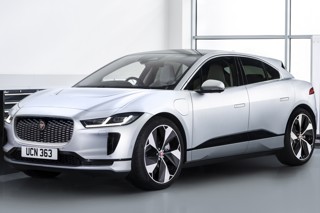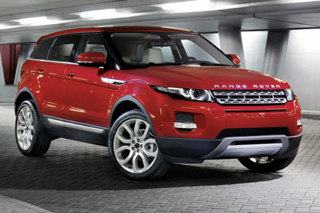The revelations in Ford’s second quarter figures are almost distressing enough to make you want to sell Ford. That’s if there was anything left to sell. The share price was $26 a year ago. Now it is $6.
Bill Ford admitted that the whole group was doing far less well than the ‘Way Forward’ recovery plan envisaged. The principal villain is fuel price, which adds cost to manufacturing, sends buyers to more fuel efficient cars than Ford produces, and sucks up domestic expenditure to the point that new cars are off the agenda.
Will Bill Ford have to cut deeper? “We will have to move faster. Then we may have to cut deeper.” Will he cut Jaguar? “The first action was to ‘right-size’ Jaguar. Then we integrated it into Land-Rover. We are steering the course with Jaguar and the plan is gaining traction.”
Earlier in the exchange he had been asked if Jaguar was the main reason that the profit forecasts had come rattling back on Ford’s Premier Auto Group (PAG). Initially, the answer was no; Jaguar, Land Rover, Volvo and Aston Martin were all suffering in terms of the amount of profit they could now deliver relative to earlier forecasts.
But once pressed, the admission was that Jaguar was the same versus plan but “in an absolute setting, Jaguar is the biggest problem of the three ”.
PAG will at best break even by the year-end rather than be into profit as was forecast.
Ford started collecting prestige brands when it bought Jaguar, knowing that it was only by having a premium car group that it could make premium margins and dislocate itself from the commodity pricing of the Ford product. Yet the entire operation is still a drain with second quarter losses at $162m compared with only $17m a year ago.
One crumb of comfort from Bill Ford’s review was the comment that “we do not have plans to rationalize brands”.

















Login to comment
Comments
No comments have been made yet.